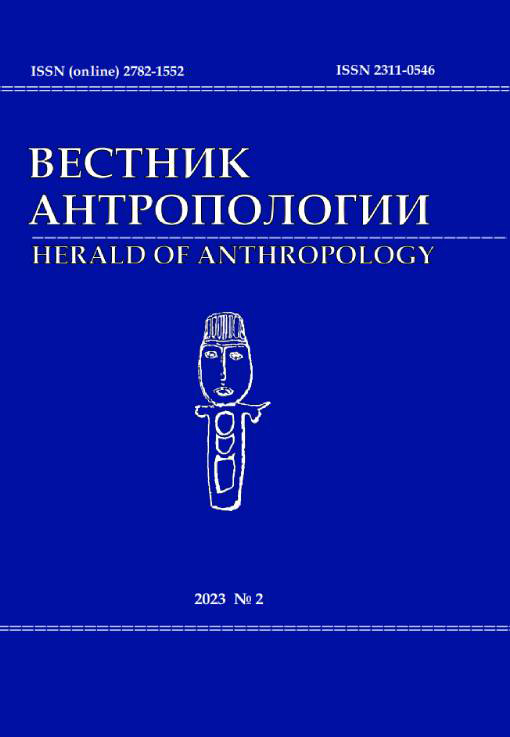Культовая традиционная архитектура как фактор адаптивного механизма при освоении Русской Арктики
DOI: 10.33876/2311-0546/2023-2/7-21
Ключевые слова:
Русский Север, Арктика, поморская культура, культовая архитектура, православие, адаптацияАннотация
В основе работы — эмпирический полевой материал по обследованию традиционных поморских поселений, расположенных на побережье Белого моря, в дельте рек Северной Двины, Мезени, Онеги (Онежское Поморье), а также архивные источники. В ходе исследования использованы две авторские методики по изучению памятников деревянного зодчества и исторических поселений как объектов культурного наследия, привлечен опыт работы музея деревянного зодчества «Малые Корелы». В связи с тем, что формирование культурного пространства России проходило под влиянием различных этнокультурных традиций и сопровождалось развитием региональных культур, осмысление опыта жителей Русского Севера и Поморья может дать ключ к пониманию исторического развития государства, связанного с духовным и хозяйственным освоением огромных таежных и арктических пространств Евразии вплоть до Сибири и Дальнего Востока. Арктика, с ее историей и сохранившейся культурой, является мировой сокровищницей технологий и практик устойчивого развития. Поморы — это русскоязычная группа, потомки населения, заселившего с XII века берега Белого и Баренцева морей. Целью исследования является выявление и изучение памятников культовой архитектуры, которая, по мнению автора, послужила фактором адаптивного механизма освоения и организации жизненного пространства и сакрального ландшафта Русской Арктики. Поморские храмы и кресты выполняли не только сакральную и защитную миссию, но выступали навигационными знаками, которые были нанесены на лоцманские карты.






















